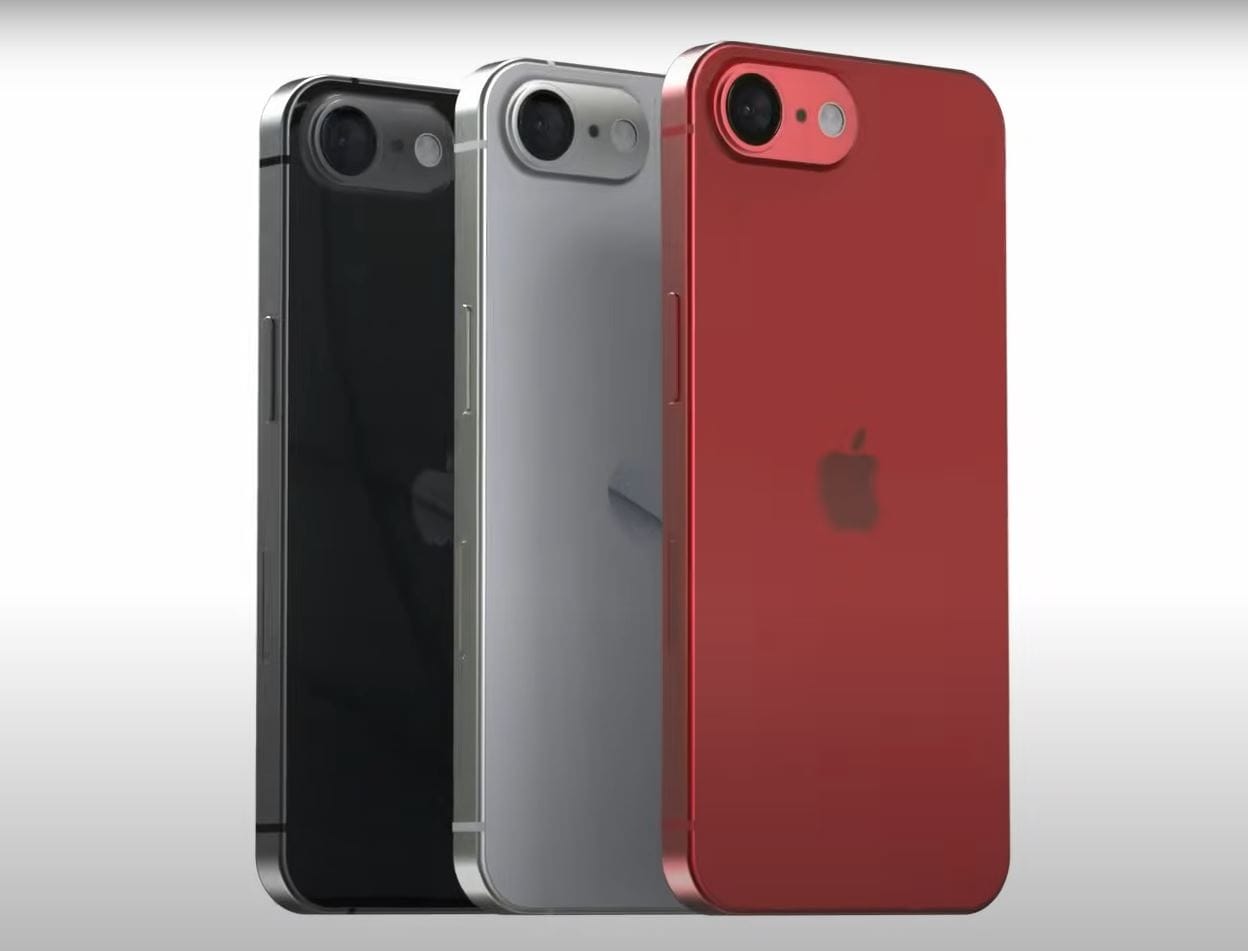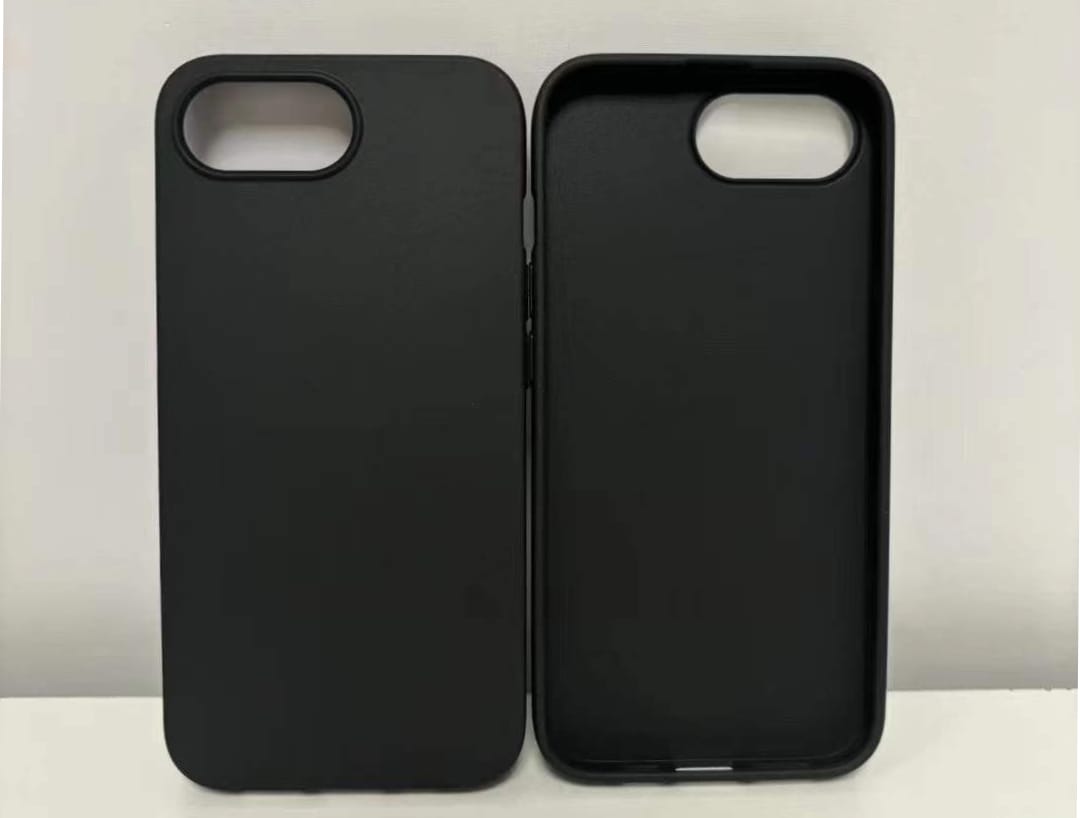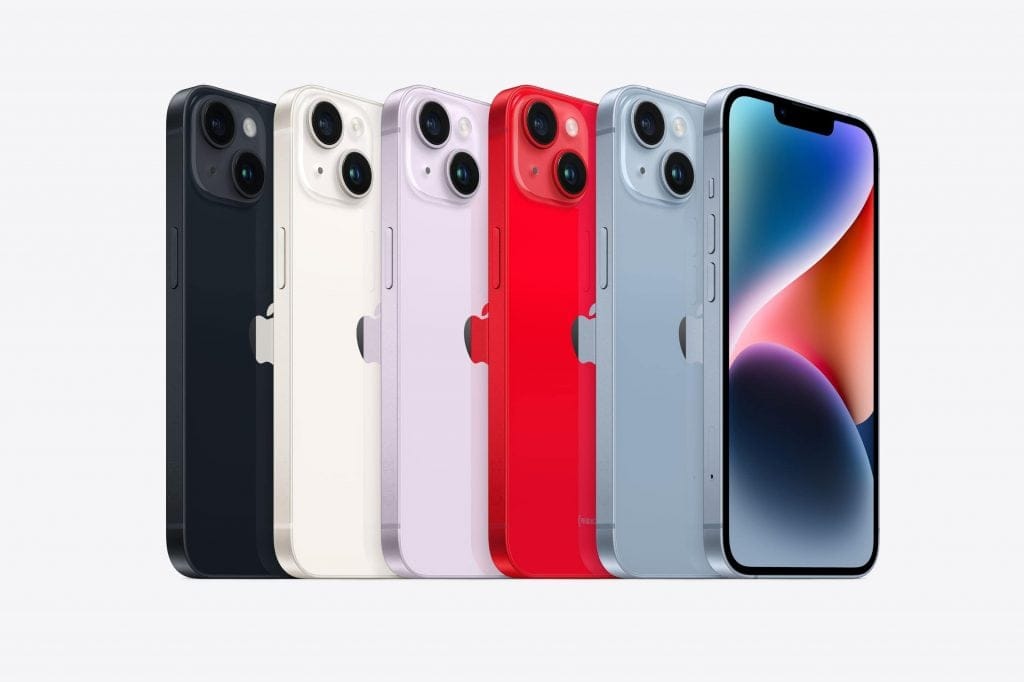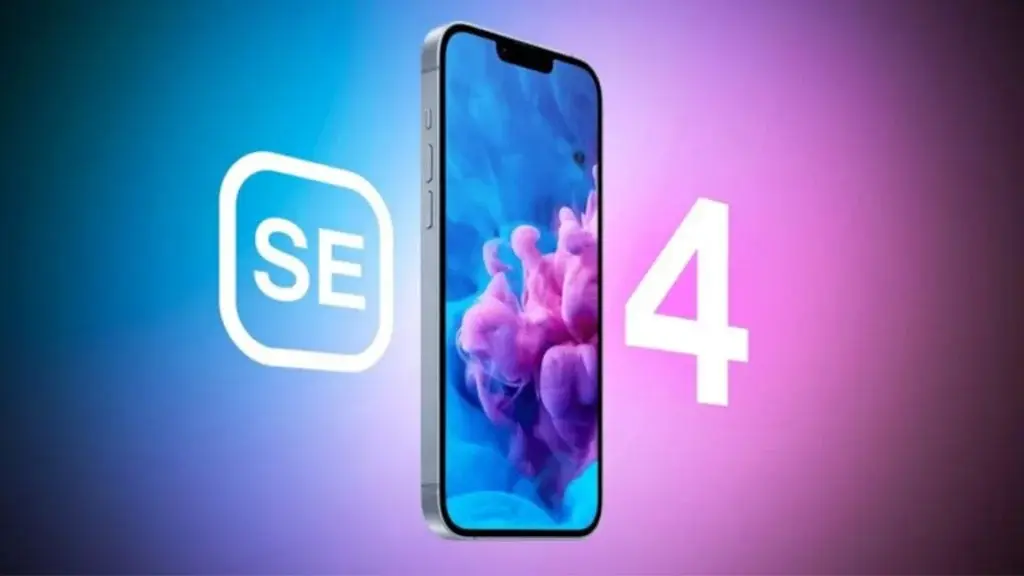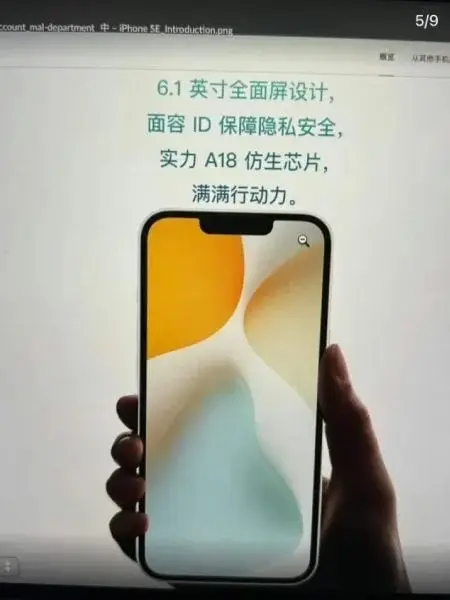Leaks have revealed some intriguing details about Apple’s next iPhone SE 4, suggesting significant design changes and a potential increase in size for this budget-friendly line.
Design Similarities
According to sources (specifically from Alibaba), the SE 4 may adopt a design akin to the iPhone 14. A 3D-printed model showcases a 6.1-inch display with slim bezels, measuring about 2mm from the device’s body. The dimensions are set to be 146.7mm in height, 71.5mm in width, and 7.8mm in thickness.
Feature Updates
A major change is the removal of the traditional Touch ID, as the SE will likely embrace the notched-display trend, suggesting that Face ID could be integrated into this model. This design shift aligns the SE 4 more closely with Apple’s premium phones.
On the rear, the phone is expected to sport a single camera, moving away from the dual-lens configuration seen in the iPhone 14. The camera appears slightly smaller compared to the iPhone 14’s main lens, and the arrangement around the flash has been subtly altered.
Connectivity Changes
At the bottom, the mockup indicates that the speaker and microphone layout resembles that of the iPhone 14, featuring five holes on one side and three on the other. Interestingly, it seems that Apple may finally transition to USB-C, bidding farewell to the Lightning port.
In a surprising twist, the leaks suggest that the SE 4 might come in two size variants. The main model is said to be 6.1 inches, but there are rumors of a 6.7-inch version, comparable to the iPhone 14 Plus. However, it remains unclear if both models will be released, as the SE series generally sticks to a single size.
Button Adjustments
There are also slight modifications to the button placements. The ring/mute switch appears to be smaller and is situated above the volume button. The volume and side buttons are positioned similarly to the iPhone 14, meaning some cases may still work—though the camera cutout from the 14 could be oversized.
The SE 4 is rumored to feature an OLED display, which would be an upgrade from the LCD screens found in earlier SE models. However, since these details are based on leaks and speculation, it’s important to approach this information cautiously. The final design from Apple could vary significantly.
GizChina (in English) via MacOTAKARA (in Japanese)

